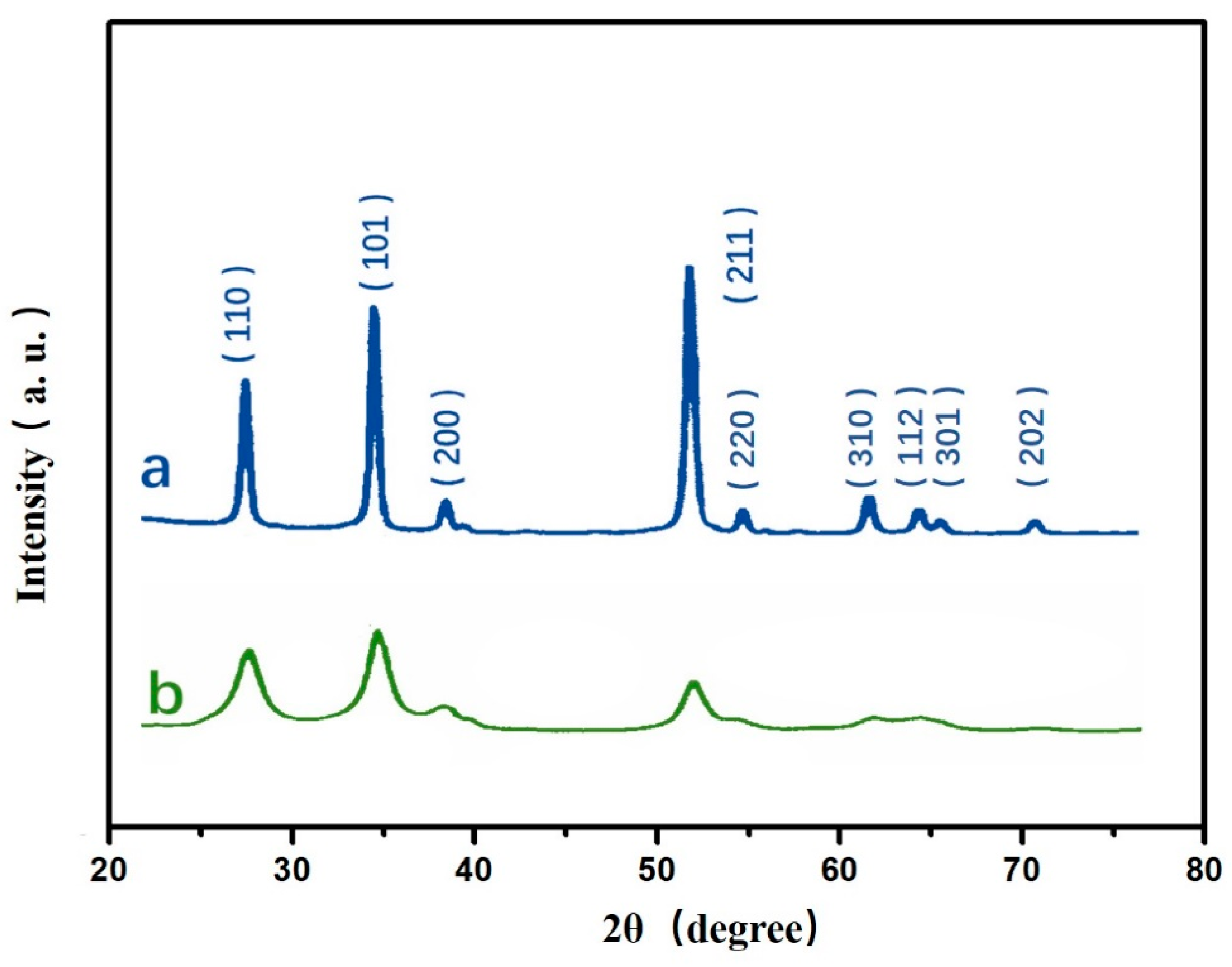

Further, the development of sensor device using hybrid SnO2 nanoparticles and their sensing property towards gasses such as CO, NH3, NO2, Methane, Ethanol etc studied by various works are compiled. Characterization of hybrid SnO2 nanoparticles for sensor applications carried out using X-Ray Diffraction (XRD), Scanning Electron Microscopy (SEM), Energy dispersion spectroscopy (EDS), Fourier Transform Infrared spectroscopy (FTIR) methods to study the structural features by various research works are consolidated. The objective of this review paper is provide insights into various synthesis strategy of hybrid SnO2 nanocomposite adopted by various research groups. In this context, many research works focused to develop tin oxide gas sensor at higher temperature and at higher gas concentration but only few or no amounts work shows gas sensor detection at lower operating temperature and lower gas concentration. In order to detect and resolve methane leaks, reliable and cost-effective sensors need to be developed. The metal oxide semiconducting gas sensor has a restricted its use due to high temperature operation, higher power consumption, short-term stability, sensitive to humidity. It is forecasted that the growth of compound annual rate value willing to be 8.7% within the length from 2021 to 2028. Currently, the gas sensor market is worth of USD 2.33 billion.


 0 kommentar(er)
0 kommentar(er)
